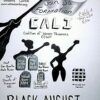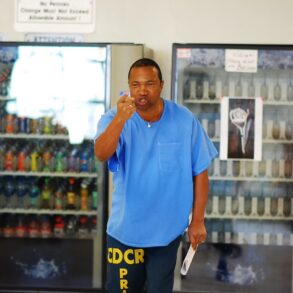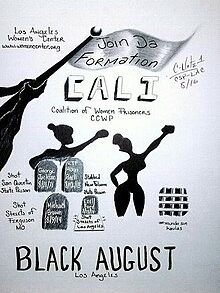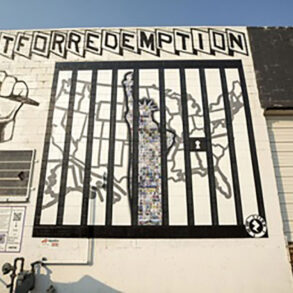We had the good fortune of connecting with Donald “C-Note” Hooker and we’ve shared our conversation below.
Hi Donald “C-Note”, why did you pursue a creative career?
I was born in 1965, and grew up during the 1970s. This August we will be celebrating the 50th anniversary of Hip Hop. Whether it’s Hip Hop and it’s various forms of creative expression, or Miley Cyrus, the creative output of the 70s has been great creative fuel to succeeding generations.
I grew up in Los Angeles, and L.A. has its own swag. Like Tupac said, “Everybody in L.A. has a little bit of thug in them.” We had house parties, you pop locked, wore khaki suits with Old English lettering, you got off into music, because you had to hit those crates, our music was delivered through a needle on wax. I wrote songs, that’s poetry. I wrote raps, that’s poetry.
I began the Y2K bug millennium, January 1st 2000, in solitary confinement in the most racist maximum security Prison in California for being involved in a pre-Thanksgiving prison riot between prison guards and African American prisoners.
I had these raps, “Do I send them to Death Row Records?” I decided to start drawing instead, and Tyra Banks’s America’s Next Top Model would be instrumental to my career as a newly self-taught (I was 34 years old), visual artist and the role fashion has had in my art and my art on fashion.

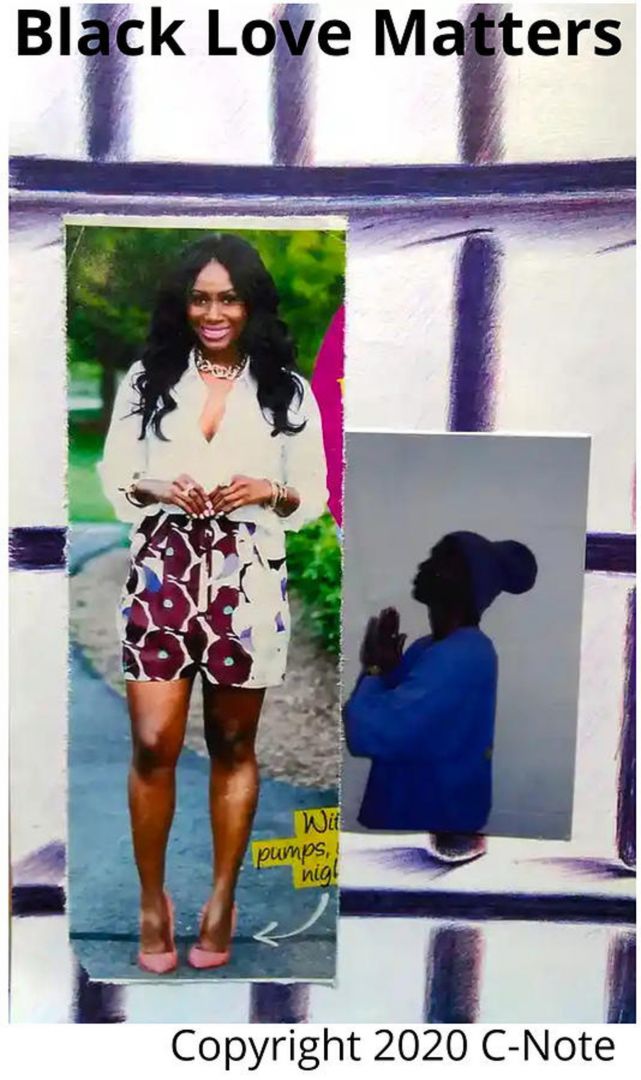
Let’s talk shop? Tell us more about your career, what can you share with our community?
There is no other art in the world like Prison art. Prison art cedes no ground to the nearly 600 years of Western Art tradition. Prison art is recognized as an Outsider art, meaning self-taught, and the draftsmanship of these artists covers a very broad range from photo realistic renditions to disturbingly insane works. Think Edvard Munch’s 1893, The Scream, but on steroids.
American Prison art is the world’s most influential art. American Prison art (graffiti) birthed the graffiti art movement in the United States. That movement birthed Street art, graffiti’s legalized form. Look at your African American athletes before the crack cocaine criminal code changes that led to mass incarceration, and those African-American athletes after the passage of these crime bills. Prison culture influenced African-American attitudes towards getting tattoos (body art), such as LeBron James and Lil Wayne, they weren’t raised in Beverly Hills. Have you seen murals on cars, car murals? They too, are stylized in Prison art.
When the art world shells out a hundred million for a Basquiat, or 20 million for a Banksy, they are buying Prison art. Their works, their lineage is traced right back to Prison art. In both the Wikipedia bio of Basquiat and Banksy is their proximity and being influenced by Hip Hop. Where do you think Hip Hop comes from? Both rapping and graffiti comes from the American prisons and jails.
You’ve heard this from me, and I’ve been quoted in videos, music and otherwise, saying “American prison culture, influences American Street culture. American Street culture, influences American popular culture, and American popular culture influences global culture.”
Prison art is very difficult to have access to, and has to be smuggled out of the prison. Not all the time, but it happens frequently enough to make these works much, much, more rare than any other form of contemporary Art. As for myself, I am more than just a visual artist. I’m a poet, playwright, performing artist, award-winning visual artist, and The King of Prison of Hip Hop, whose works have either been exhibited, recited, performed, or sold, from Alcatraz to Berlin. In 2017, Google in their search results listed me first as both America’s and the world’s most prolific prison artist.

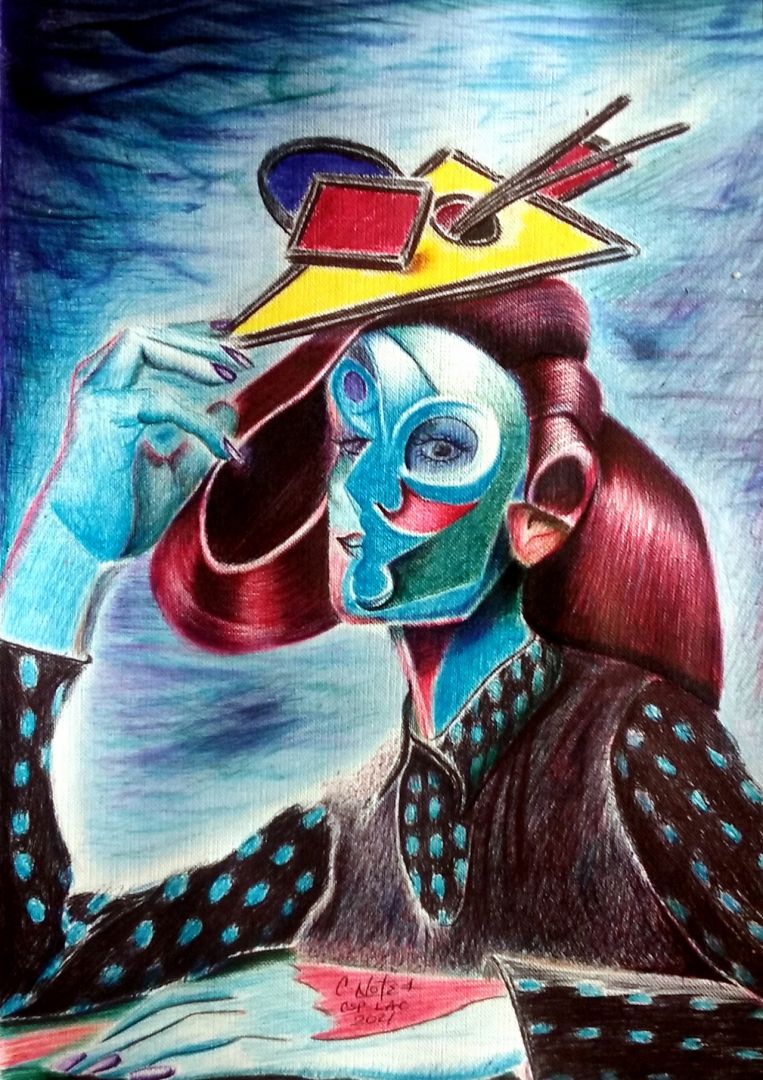
Let’s say your best friend was visiting the area and you wanted to show them the best time ever. Where would you take them? Give us a little itinerary – say it was a week long trip, where would you eat, drink, visit, hang out, etc.
I am going to pass on that question, because everything about incarceration is disgusting. You have to find the stories you’re looking for in my art. I have over 100 works of seascapes, landscapes, or still life. Maybe the answer you seek is in a banana (Snack Time: An Homage to Michelle Obama), or in a pear? Or in a late evening sunsetting seascape (Lovers’ Bliss). Lovers’ Bliss was inspired by a poem I wrote.
Oceanic view
the lovers’ bliss
Setting Sun
of more than a kiss.
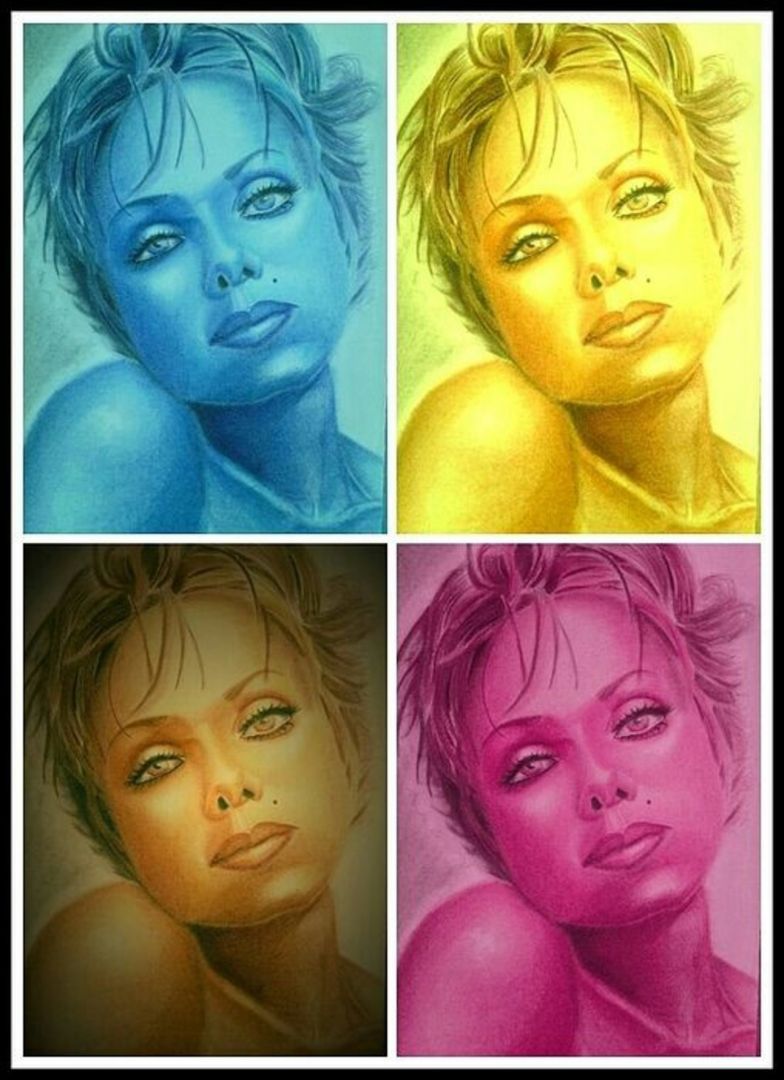
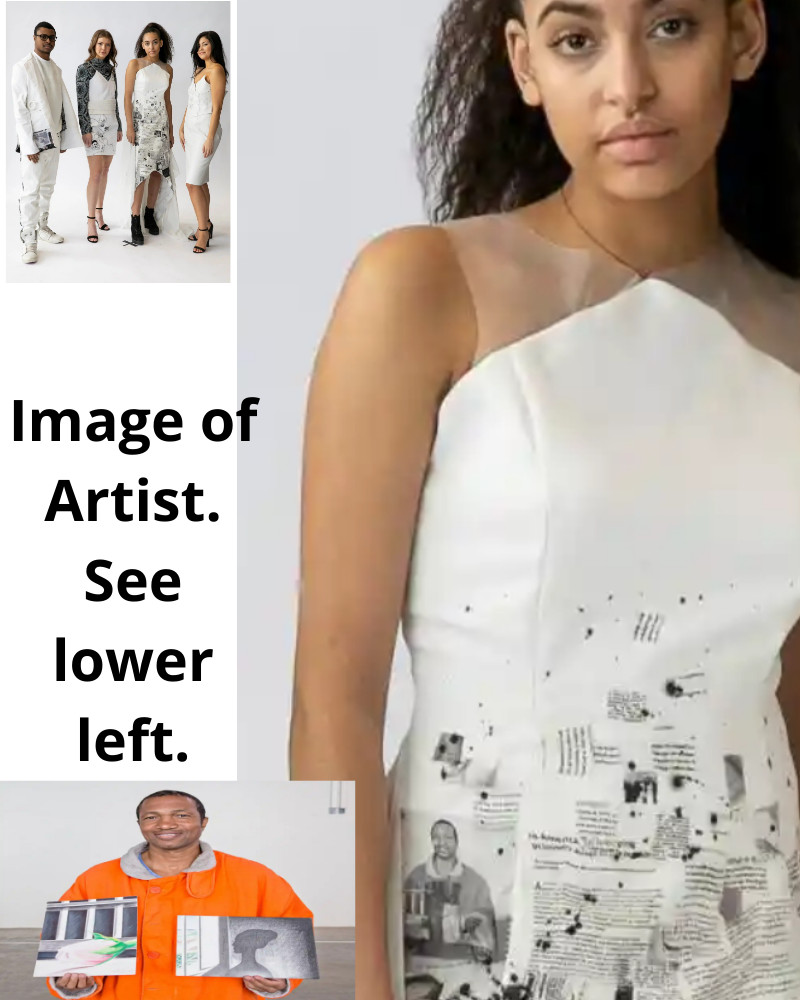
Who else deserves some credit and recognition?
Like I said earlier, Tyra Banks. Shoutout to Andy Warhol for creating his 1962 work Four Marilyns. It was the inspiration for my 2015 work Colored Girl Warholed. Shoutout to Anna D. Smith, founder of Anna D. Smith Fine Art and Real Estate Broker for giving Colored Girl Warholed an Artist Billboard exhibition for the public to be able to enjoy art safely during the Omicron phase of the Covid pandemic.
Shoutout to Makenzie Stiles for featuring my artwork in her fashion line Mercy. During the 2019 – 2020 academic year, Makenzie was in her fourth year as a fashion design student at Columbus College of Art and Design. For her final dissertation, she had to create a fashion line. And just like Shoutout, Makenzie wanted to give voice to others. So her fashion line Mercy was the first time in the 144 year history of the prestigious Columbus College of Art and Design was a fashion line created by using Prison art. Covid-19 health restrictions in the spring of 2020 would deny Makenzie and I from making history in the 100 plus years of the Catwalk’s global history, by having models walking down the runway in clothing embedded with images from Prison art.
Shout out to MinisterKingXPyeface in 2020 he asked me to create a drawing during the height of the George Floyd protest for his music video Mask Protest, and Shoutout to Carla Nelson founder of Black Fashion World Foundation, who featured me and my drawing Decarcerate Now! in her December 25th 2020, virtual Black Fashion World Foundation: The Mask Parade Show.
Shoutout to makeup artist Kabuki whose makeup editorial in the September 2015 issue of Harper Bazaar called “Picasso’s women” was the inspiration for me to create Paula Picassa. Paula Picassa was inspired by Kabuki’s rendition of Pablo Picasso’s 1938 work Bust of a woman (Buste de Feme – Dora Maar – 1938). Shoutout to Buck Adams founder of Art for Redemption for putting Paula Picassa on the cover of their Prison art coffee table book and for putting money in my pockets through a license agreement with The Marshall Project to use Paula Picassa as part of an email campaign. Also for including Paula Picassa in 2021, as a part of a Prison Art mural in the The River North Art District (RiNo) in Denver, CO.
Shoutout to Kim Pollak, Editor-in-chief of California Prison Focus for her 2016 exposé on the 175 women imprisoned at the Central California Women Facility (CCWF), serving a sentence of life without the possibility of parole. The exposé inspired me to create a work entitled Life Without the Possiblity of Parole. The artwork features a fashion magazine cut out collaged into my drawing of a prison cell.
Shoutout to Anna Sorokin, aka Anna Delvey whose in custody fashion drawings allowed my in custody fashion drawings to be compared side by side in a stunning worldview contradiction of how women serve time behind bars in the article, “Indulgent Contradictions: the Works of Anna Delvey & Donald “C-Note” Hooker.”
And finally, Shoutout to the entire fashion industry for educating me and others on the Elegance of beauty and grace
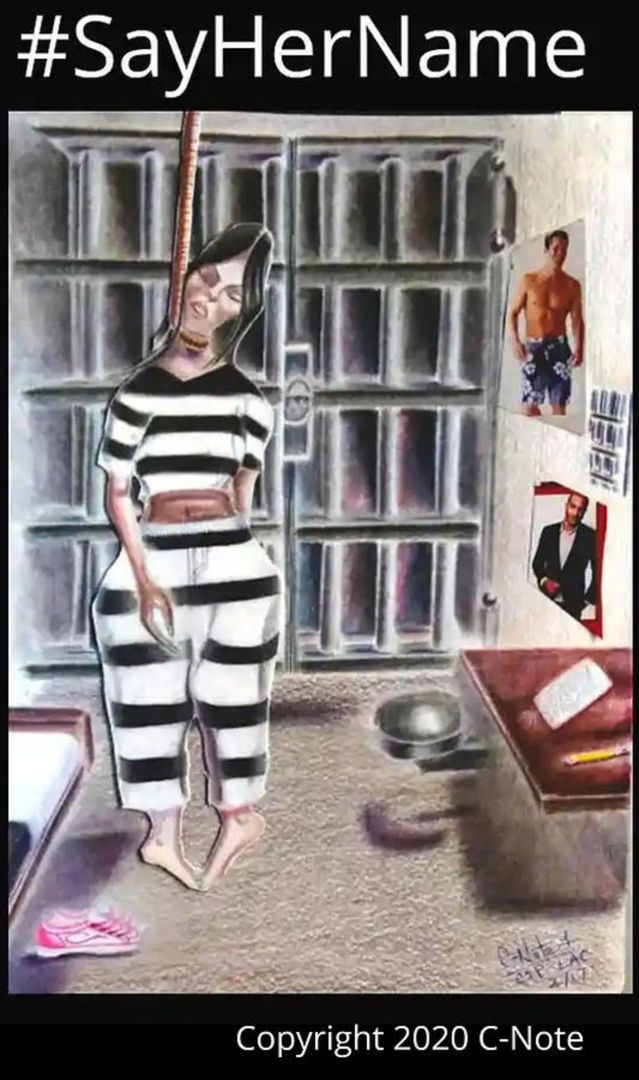

Website: https://www.c-note.org/
Other: https://www.c-note.org/the-prints/
Image Credits
Lede image Peter Merts photographer
This post was originally published on this site be sure to check out more of their content



